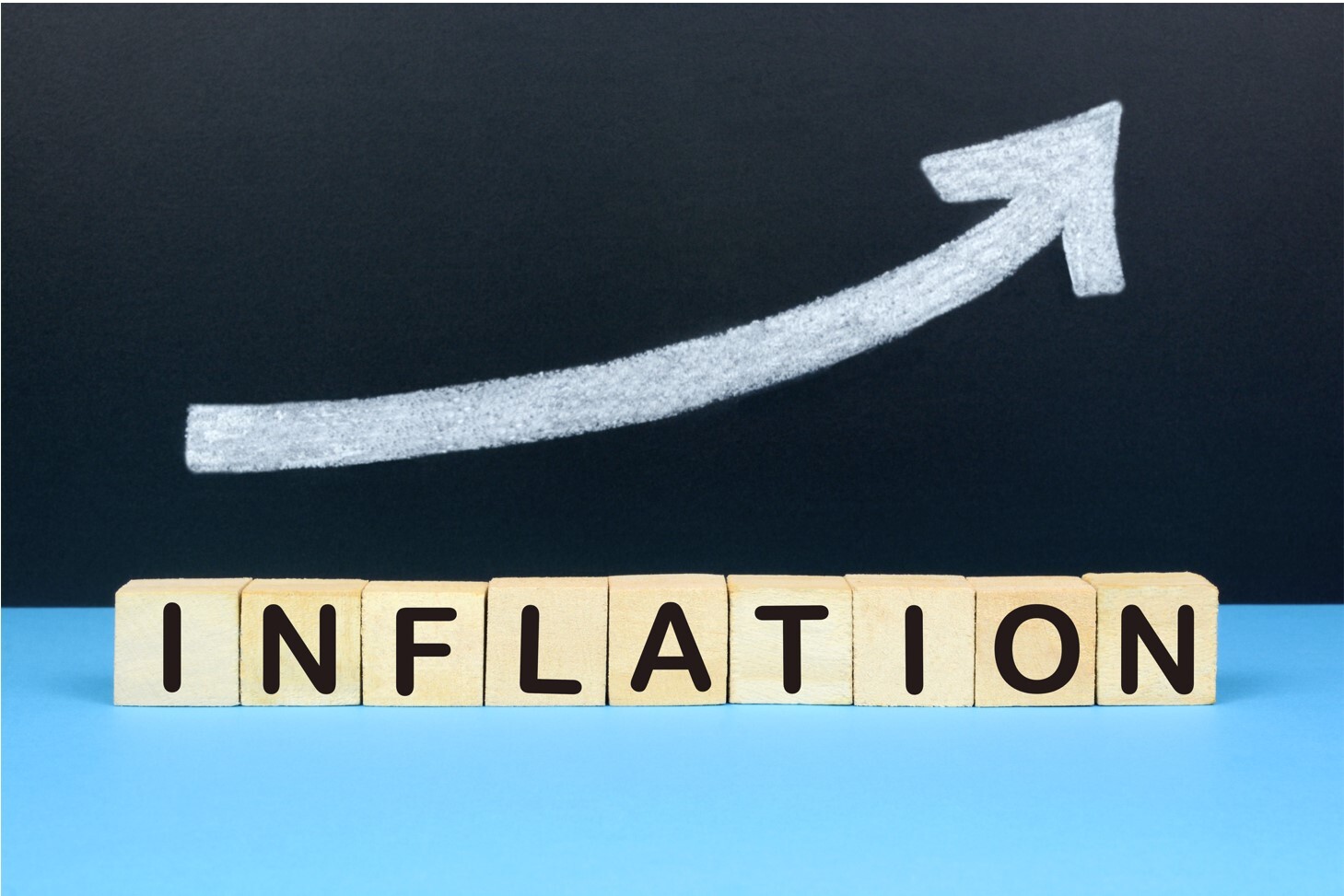European markets finished at their highest level in 2 months yesterday after US CPI surprised to the downside, and oil flows in the southern part of the Druzhba pipeline restarted after being closed down at the end of last week.
US markets also underwent a strong session with the Nasdaq 100 leading the way higher, after US CPI fell to 8.5% in July, while core prices remained steady at 5.9%, a trend that has continued with strong gains in Asia markets, which look set to translate into a higher European open.
The bigger than expected fall in the headline number, along with the weaker than expected core reading, has prompted the hope that the Federal Reserve may not need to be as aggressive on rate hikes when it meets to raise rates in September.
Consequently, rate rise expectations have fallen from 75bps to 50bps, prompting a decline in US 2-year yields, though some of the fall in yields was pared back after Chicago Fed President Charles Evans played down the importance of a single CPI reading. He said he still expects to see the Fed Funds rate at 3.75% to 4% by the end of 2023.
By contrast Minneapolis Fed President Neel Kashkari wants to see the Fed Funds rate at 3.9% by year end, and 4.4% by the end of 2023.
In essence the Federal Reserve is likely to want to see further evidence of an inflation slowdown, and even then, they will also want to see it fall back to half the level it is now.
This would suggest that any talk of rate cuts is premature, and in all likelihood for the rest of this year. Ultimately any slowdown in inflationary pressures needs to be viewed through a prism of whether we see rate hikes of 50bps or slower, post the September meeting.
To that end with recent weakness in prices paid data pointing to a similar slowdown in inflation, todays PPI numbers, which tend to be more forward looking are likely to be as important, if not more so when it comes to what’s coming from the next CPI number, which comes during the Fed blackout period, just before the September meeting.
In June US PPI unexpectedly jumped back to 11.3%, raising concerns that further inflationary pressure was building up in US supply chains.
This jump in headline PPI was unexpected given that there had been little indication of such upward pressure in the equivalent prices paid numbers for the same month. This downward trend was repeated for the same prices paid numbers in July.
Unlike the headline numbers, core prices continued to fall away from their March peaks in June and it is expected this will continue in today’s July numbers.
Excluding food and energy, prices fell from 8.5% to 8.2% in June with the hope that this wider trend can continue into July, with an expectation of a fall to 7.7%.
There is some evidence that the June spike may have been a one-off given the sharp falls in prices paid numbers over the past two months.
Expectations are for headline PPI to fall back to 10.3%, from 11.3%.
The wider question for investors and markets in general is how much more can prices fall before finding a floor.
This is the more important question when it comes to inflationary pressures. Where is the new neutral rate, given its highly unlikely to be at 2.5% which is where Fed chair Jay Powell seems to think it is.
Weekly jobless claims are expected to continue rising in the latest numbers due to be released at the same time with 265k, up from 260k.
EUR/USD – snapped up to 1.0370 and the 50-day MA before slipping back, thus keeping the downtrend intact the January highs. Pullbacks are now likely to find support around the 1.0270/80 area which acted as resistance through the middle part of July. Below 1.0260 targets 1.0150
GBP/USD – tested the neckline of possible inverse H&S formation at 1.2280. A break through 1.2300 targets a move towards 1.2600. Interim support at the lows this week at 1.2030 and the 1.1980 area.
EUR/GBP – failed at the 0.8480 area, sliding back towards the 0.8400 area. Below 0.8400 targets the 0.8340 area.
USD/JPY – having failed at the 135.60 area, we slid back below the 134.20 area, and cleared out a move towards 132.00. The next key support lies at cloud support at 131.60, with a close below here targeting the 130.20 area, and the lows this month.
Disclaimer: CMC Markets Singapore may provide or make available research analysis or reports prepared or issued by entities within the CMC Markets group of companies, located and regulated under the laws in a foreign jurisdictions, in accordance with regulation 32C of the Financial Advisers Regulations. Where such information is issued or promulgated to a person who is not an accredited investor, expert investor or institutional investor, CMC Markets Singapore accepts legal responsibility for the contents of the analysis or report, to the extent required by law. Recipients of such information who are resident in Singapore may contact CMC Markets Singapore on 1800 559 6000 for any matters arising from or in connection with the information.








